If you’re using an old laptop or computer with low system resources, you can’t enjoy the full power of Linux distros like Ubuntu as it demands high resources. But that does not mean you have no options available for Linux distros for an old laptop.
There are many lightweight Linux distros that not only let you enjoy lag-free computing experience on your old computer but also give you a visually appealing graphical desktop. Apart from being lightweight, these operating systems are small, fast, secure, and feature-rich.
From a variety of options, you can choose the smallest Linux distros like Puppy Linux, Bodhi Linux, or Linux Lite. You can also install highly customizable Arch Linux or Debian with a lightweight desktop environment.
Before going ahead and checking out the list of best lightweight Linux distros, don’t miss other useful lists:
- Best Linux Distro For Beginners
- Best Linux Distros For Kids
- Most Beautiful Linux Distros
- Best Operating Systems For Hacking
Best Lightweight And Fast Linux Distros For Old Laptops
- Bodhi Linux
- Puppy Linux
- Linux Lite
- Ubuntu MATE
- Lubuntu
- Arch Linux + Lightweight DE
- LXLE
- Peppermint OS
- antiX
- Manjaro Linux Xfce Edition
1. Bodhi Linux
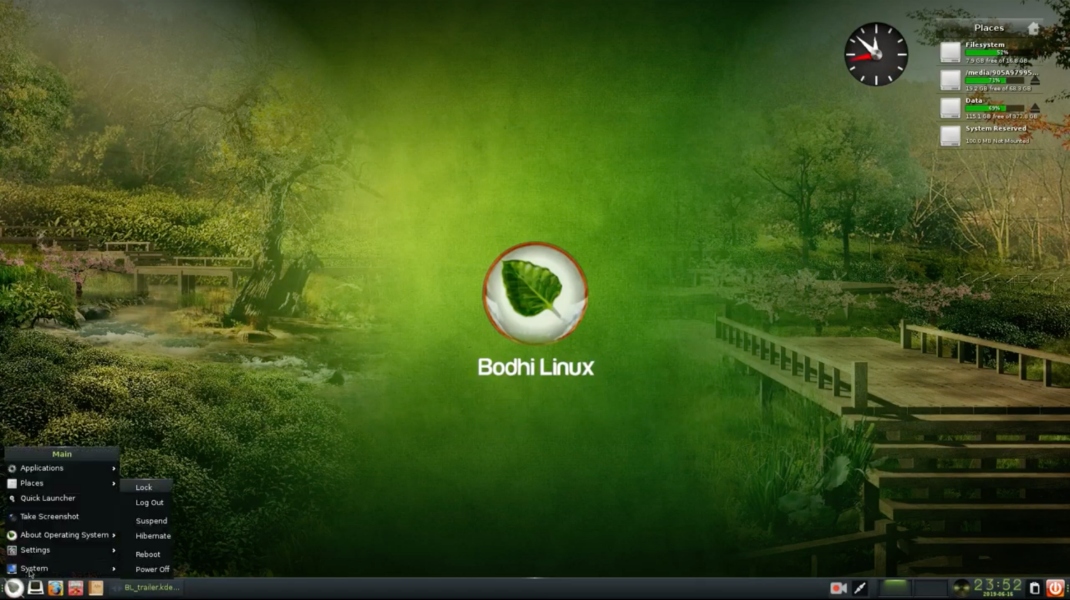
If you’re looking for some Linux distro for old laptop, there are good chances you’ll encounter Bodhi Linux. Bodhi Linux is one such lightweight Linux distribution that is specially designed to run on hardware with limited capabilities.
Bodhi Linux is an Ubuntu LTS-based lightweight release that features Moksha Desktop. Moksha is a continuation of Enlightenment 17 desktop with additional features and lesser bugs. Moksha doesn’t come with any internal window compositor by default, but one can add Compiz effects.
On the aesthetics front, Bodhi Linux looks great and everything works just right. Thanks to Ubuntu repositories, you get access to tons of free software. With the latest Bodhi Linux 5.1, it is now available in four editions: Standard, Legacy, AppPack, and HWE.
Each edition has special use cases. If you want a 64-bit operating system with kernel update to enjoy any brand new hardware support, you should consider the HWE edition. Or, if you’re not too concerned about the kernel, you should opt for standard release.
Furthermore, Bodhi Linux Legacy is a 32-bit version that you can use to give a new life to your old fifteen-year-old computer. You can also use the AppPack edition which is a live system based OS that you can directly plug-in to your computer and run the default applications.
Minimum hardware requirements for Bodhi Linux:
- 500MHz processor
- 256MB RAM
- 5GB storage space
How to get Bodhi Linux?
Visit Bodhi Linux Website for downloads.
2. Puppy Linux
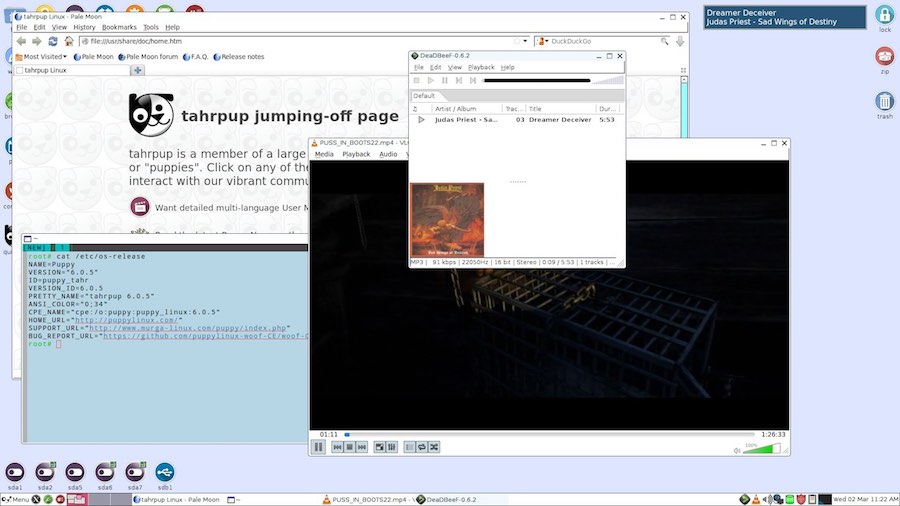
In case you’re looking for a Linux distro with a cute name and special purpose, then check out Puppy Linux. One should note that Puppy Linux isn’t based on some other distro. Instead, it can be built from packages of distros like Ubuntu & Slackware.
The choice of your binaries determines the availability of additional packages. In simpler language, if you’re comfortable with apt-get, go with Ubuntu version. The size of Puppy Linux is very less, somewhere around 300MB that makes it one of the smallest Linux distros. So, dump all your worries about less storage space on your old PC in a corner and try the lightweight Puppy Linux.
To reduce its size, Puppy doesn’t come with any popular preinstalled applications but it’s understandable. It comes in both 32-bit and 64-bit versions and one can install them on UEFI and BIOS enabled PCs.
Just like many other Linux distros, you can also go for the live booting option using CD/DVD or USB. It boots itself entirely into RAM on bootup, so it’s pretty fast and responsive. The developers of this lightweight Linux distro call it “grandpa-friendly certified,” which means that it’s very easy to use.
Minimum hardware requirements for Puppy Linux:
- 600MHz processor
- 256MB RAM
How to get Puppy Linux?
Visit Puppy Linux website for downloads.
3. Linux Lite
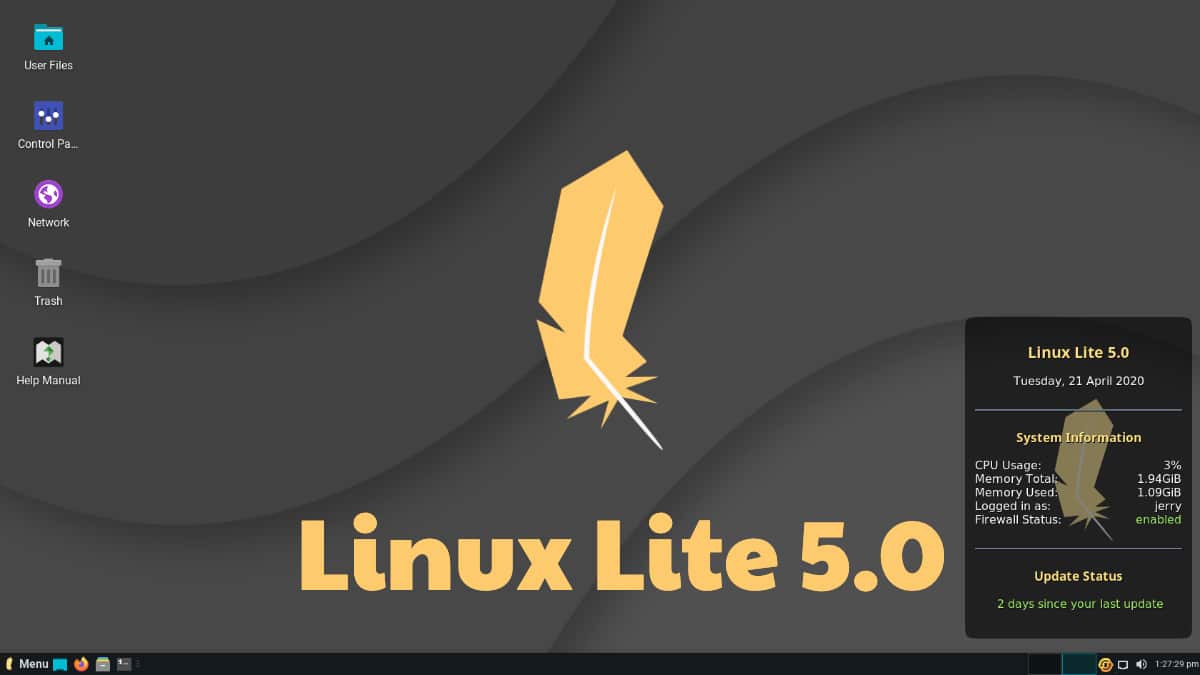
Linux Lite was also recently featured on our list of the best Linux distros for new users. This operating system has been growing at a rapid pace in the recent past. If you’re looking for a Linux distro that’s equally lightweight, beginner-friendly, and good looking, your search should end here.
Personally, it is my favorite Linux distro that I’ve installed on my old laptop. It’s a great Ubuntu-based lightweight Linux OS that’s based on LTS releases. It comes loaded with all the popular and useful applications.
With the latest Linux Lite 5.0, it has added more features to make it work out-of-the-box and give you a better Linux desktop experience. It also now supports default UEFI boot mode.
The list of features doesn’t just end here, Linux lite is also considered one of the best Linux distros alternative to Windows. So, if you’re switching from Windows, I would highly suggest starting with Linux Lite.
Minimum hardware requirements for Linux Lite:
- 1GHz processor
- 768MB RAM
- VGA screen 1024×768 resolution
How to get Linux Lite distro?
To download ISO images, visit Linux Lite website.
4. Ubuntu MATE
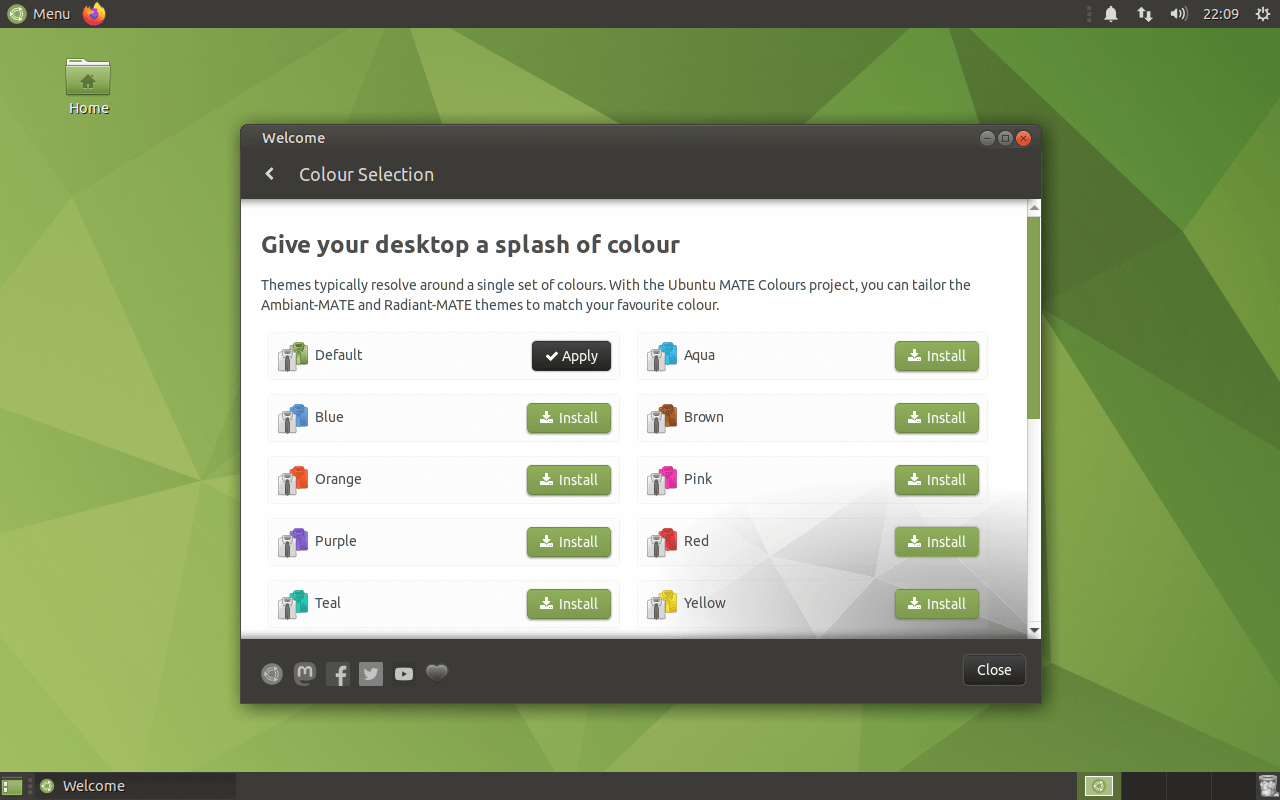
If I had to choose a “heavyweight” among this list of lightest Linux distros that can work on older machines, I’d choose Ubuntu MATE. The latest release of Ubuntu MATE based on Ubuntu 20.04 turned out to be the most important release of the distro packing two years of continued improvement to MATE Desktop and Ubuntu MATE itself.
With the latest Ubuntu MATE 20.04 LTS, you get tons of new features and enhancements. This includes multiple color theme variations as a one-click install, experimental ZFS, and GameMode from Feral Interactive.
MATE is one of the best desktop environments alongside GNOME, KDE, and Cinnamon. This is one of the reasons you get a finer look in this Ubuntu official variant that you can even run on your limited hardware system.
Moreover, Ubuntu MATE also offers a polished Linux experience that would surely make the transition of any Windows user a pleasant experience. Very often we undermine the small Linux distros that don’t use a lot of resources but that’s not the case here. It’s even available for a credit card-sized powerful Raspberry Pi.
Minimum hardware requirements for Ubuntu MATE:
- 1GHz processor
- 1GB RAM
- 8GB free disk space
- 1024×768 resolution or higher
How to get Ubuntu MATE?
To download ISO images, visit the Ubuntu MATE website.
5. Lubuntu
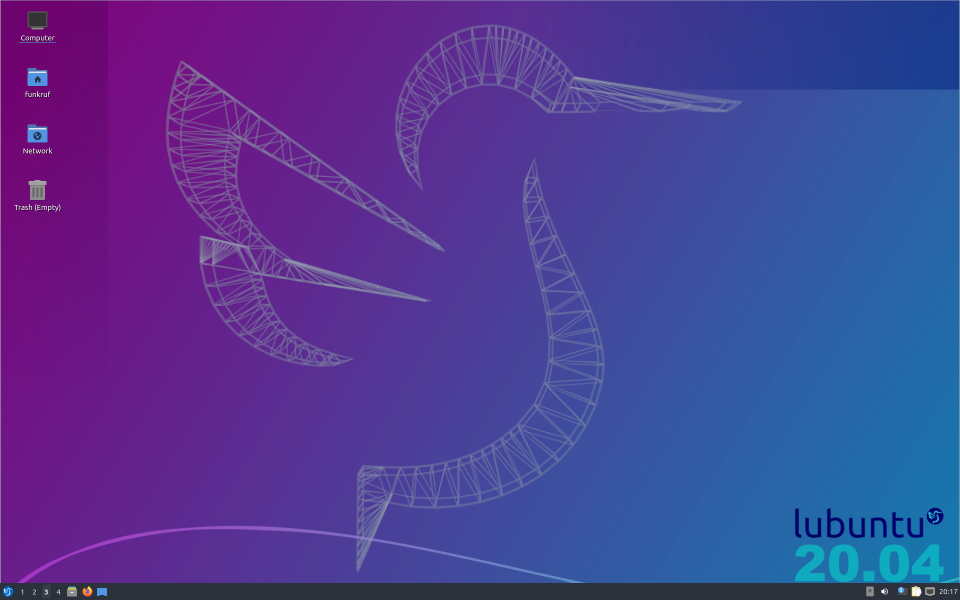
Any list of lightweight Linux distros for netbooks and older PCs is incomplete without the mention of Lubuntu. Many of you must know that it’s an official Ubuntu flavor. Due to this, Ubuntu and Lubuntu enjoy the same software and repositories.
After Ubuntu MATE, Lubuntu is another Ubuntu variant that is fast, lightweight, and highly suitable for old computers; even though the Lubuntu team has shifted their focus from providing a distribution for old hardware to a functional yet modular distribution.
It’s also worth noting that starting from Lubuntu 18.10, the project has stopped releasing support for 32-bit images. So, it could be a big no for those using older computers powered by 32-bit hardware.
Yet, you get a good performance and speed with the latest Lubuntu 20.04 LTS that features minimal LXQt desktop. This switch from LXDE desktop to LXQt was made from Lubuntu 18.10 to give a modern and lightweight desktop.
Minimum hardware requirements for Lubuntu:
- Pentium 4 or Pentium M or AMD K8 or higher processor
- 1GB RAM
How to get Lubuntu?
Get Lubuntu from the official download page here.
6. Arch Linux + Lightweight Desktop environment
If you’re an experienced user who loves to customize the system and make it personal, I’ll recommend Arch Linux. Without a doubt, the desktop environment of your operating system makes it heavy or lightweight. As Arch is basically a no-nonsense Linux distro, it doesn’t come loaded with lots of preinstalled packages.
I would personally recommend you to try out a lightweight window manager like i3. Doing so will be more of a learning curve compared to some desktop environments. You can also go for barebones Openbox window manager. There’s a saying that the fastest DE is not having one at all. Just in case you’re willing to convert Arch into a fast and lightweight Linux distribution with a desktop environment, you’ve got choices like great Xfce and LXQt.
One thing you should note before going for Arch Linux. Make sure your machine isn’t based on 32-bit architecture as Arch developers have stopped offering 32-bit images due to the decreasing popularity of the 32-bit platform. There’s an option to get for the forked archlinux32 option as well.
Minimum hardware requirements for Arch Linux:
- 530MB RAM
- 64-bit architecture
- 2GB free disk space
How to get Arch Linux?
Visit Arch’s website for download.
7. LXLE
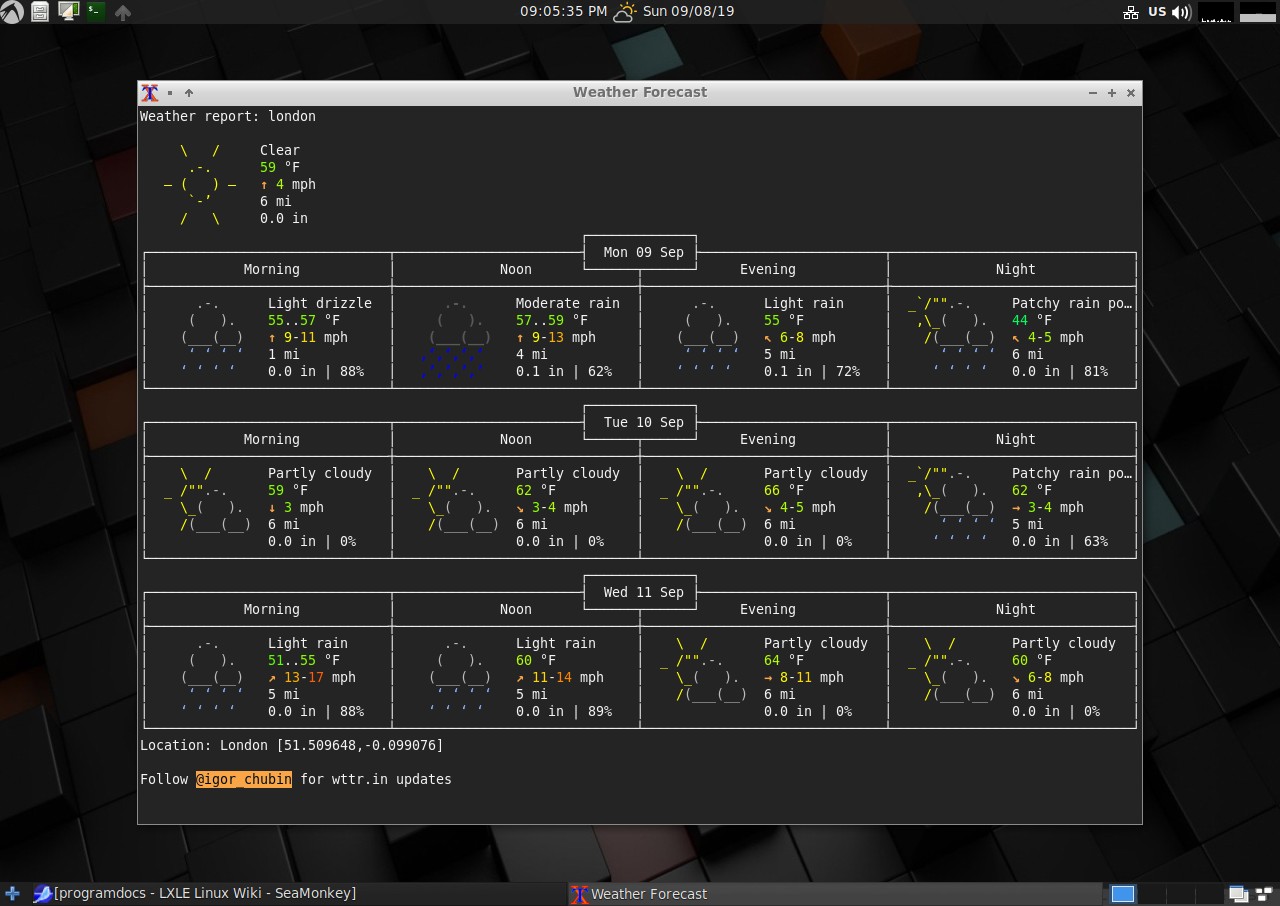
LXLE is often called a lightweight powerhouse. Based on lightweight Lubuntu, LXLE uses a simple, elegant, and familiar LXDE desktop environment. It is specially designed with an aim to revive the old computers.
This is one of the fastest Linux distributions that calls itself an “eclectic respin of Lubuntu” with its own support. LXLE sticks with Lubuntu LTS releases to ensure better hardware and software support, it’s a strategy that makes sense when you’re working with a legacy PC.
Just like Lubuntu, LXLE comes with an excellent set of default applications for fulfilling your daily needs. It comes pre-installed with fully-featured apps like LibreOffice, GIMP, Audacity, etc.
It’s also a great option to ditch old and insecure Windows XP and adopt a modern-looking intuitive desktop. Just like most of the entries on this list of the best lightweight Linux distros, LXLE doesn’t pose many challenges to a beginner.
Overall, LXLE is a pleasant and lightweight operating system that’s bound to impress. Even if you’re installing it on powerful hardware, you’ll have little to complain.
Minimum hardware requirements for LXLE:
- 512MB RAM
- Pentium 3 CPU or higher
How to get LXLE?
Visit LXLE website for downloads.
8. Peppermint OS
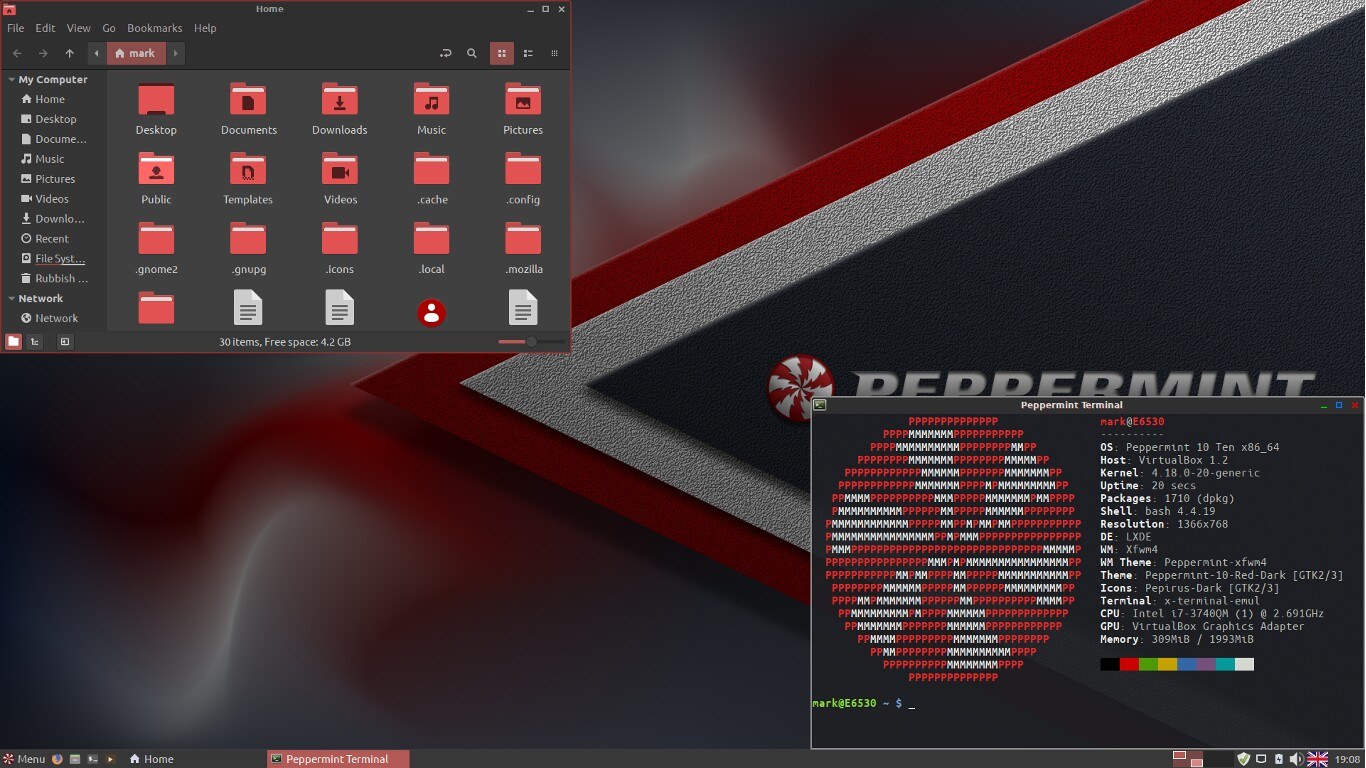
Peppermint OS has a unique quality that sets it apart from the other Linux distributions. It’s a combination of cloud-based infrastructure and regular desktop applications for Linux. Apart from that, Peppermint is also one of the fastest Linux distros and a lightweight operating system.
Just like the other Linux distros mentioned in this list, this Lubuntu-based distro also supports both 32-bit and 64-bit hardware. Being Lubuntu-based, it’s able to get the advantage of Ubuntu’s software repositories.
Peppermint OS Linux distro combines minimal experience and good looks. Wondering what desktop environment ships by default with Peppermint OS? It ships with LXDE, which is known for its fast and lightweight nature. Coming back to the hybrid of cloud infrastructure, it comes with custom-made Ice applications for many tasks. Instead of running local applications, one can work in a site-specific browser (SSB).
Minimum hardware requirements for Peppermint OS:
- 512MB RAM
- Intel x86 architecture CPU
- 3.8GB free disk space
How to get Peppermint OS?
Visit the Peppermint OS website for downloads.
9. antiX
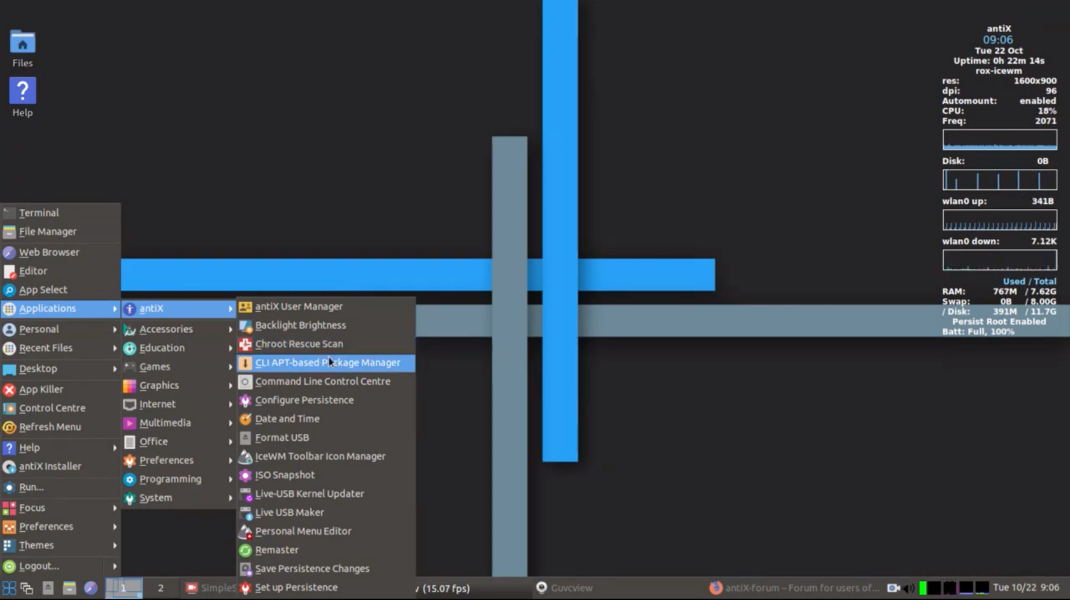
antiX Linux distro is known to be based on Debian and ships without systemd init system, which could be the deciding factor for some Linux enthusiasts. This lightweight Linux distro comes for both 32-bit and 64-bit hardware, which makes sense as it’s focused on both older and newer computers.
You can also use antiX as a fast-booting rescue cd running live with or without persistence on a USB stick. Currently, antiX-19.2 “Hannie Schaft” comes in four different editions: Full, Base, Core, and Net. If you want full control over the install, you can even use antiX-core or antiX-net and build up.
Minimum hardware requirements for antiX:
- 256MB RAM
- Intel-AMD x86
How to get antiX?
Visit antiX website for downloads.
10. Manjaro Linux Xfce Edition
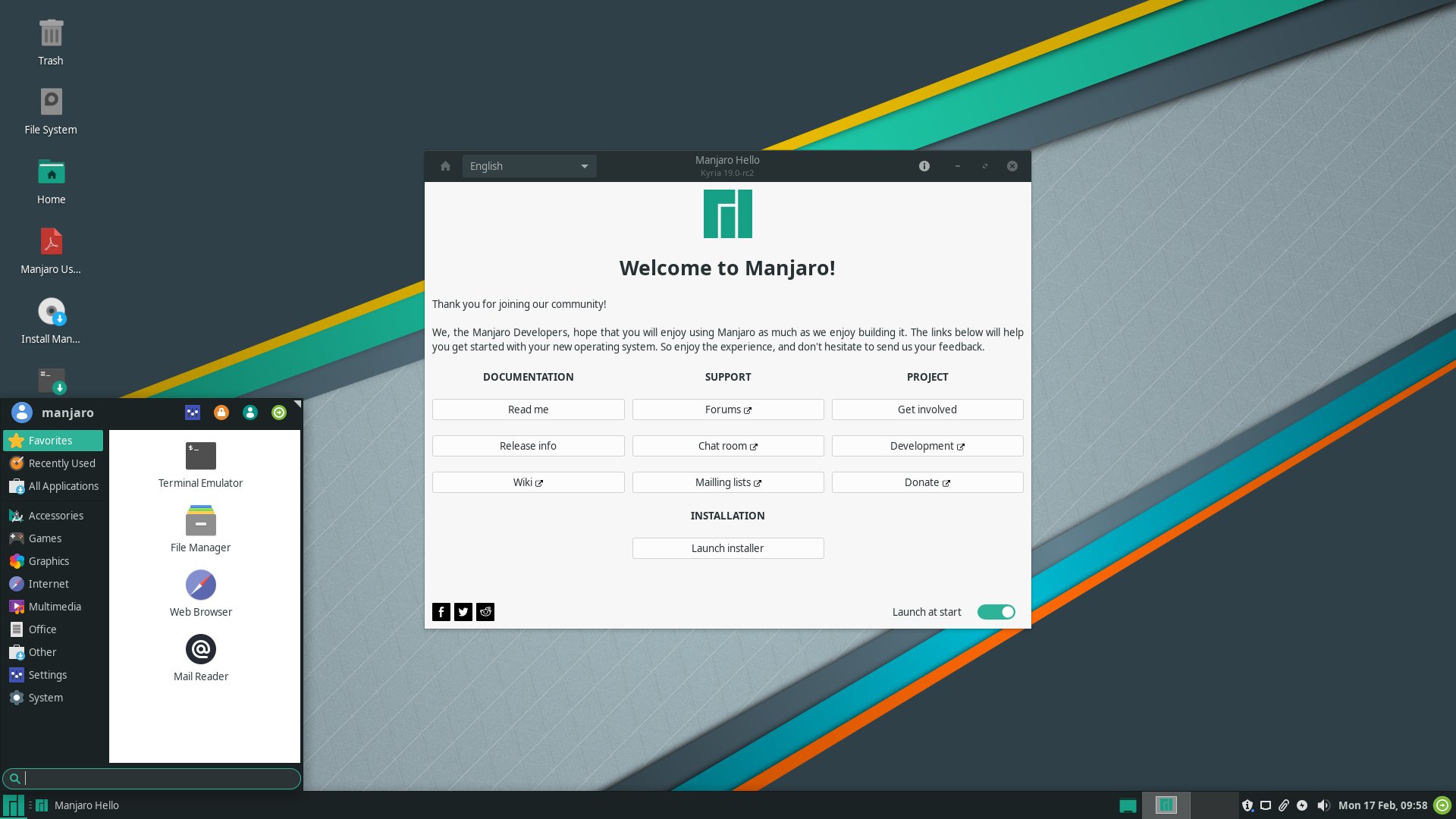
There are many other fast and lightweight Linux distros, but I’ve decided to end this round-up with Manjaro Linux Xfce Edition. Wondering why? Apart from my personal liking for Manjaro, it’s also one of the fastest-growing Linux distros with a large user community support.
The Xfce edition of Manjaro Linux is a flagship offering that comes with polished, integrated, and leading-edge Xfce experience. Coupled with the power of an Arch base, Xfce delivers a fast and lightweight experience. While it might not be as lightweight as compared to some other Linux distros mentioned in this list, it’s surely going to turn out to be a great Linux desktop experience for you.
It’s also worth mentioning that Manjaro has dropped support for 32-bit architecture. So it could be a deal-breaker for many who want to run on the old 32-bit PC. However, you can also try out the new manjaro32 project.
Minimum hardware requirements for Manjaro Xfce:
- 1GB RAM
- 1GHz CPU
How to get Manjaro Xfce?
Grab Manjaro Xfce here.
Notable Mentions:
Some other small Linux options that you can also consider to revive your older computers are TinyCore, SparkyLinux, Q4OS, Linux Mint, VectorLinux, ALT Linux, Legacy OS, etc.
Editor’s Recommendation:
As said above, Linux has a lot to offer to everyone. That’s why there are so many great choices for Lightweight Linux Distros for old computers.
But, keeping in mind the easy installation and hassle-free experience, I’ll recommend you to use Bodhi Linux, Lubuntu, or Ubuntu MATE on your old computer. For better support with a beautiful desktop, you can choose either Linux Lite or Ubuntu MATE.
If you’re an experienced Linux user who loves to build his/her own system, go for Arch Linux + Lightweight DE option. If you own a low-powered 32-bit computer, make sure to confirm that the distro of your choice supports it.
Share your feedback and don’t forget to share your experiences with the other members of the Fossbytes community.
Bonus Video: Some interesting facts about Linux
The post 10 Best Lightweight Linux Distros For Old Computers [2020 Edition] appeared first on Fossbytes.
